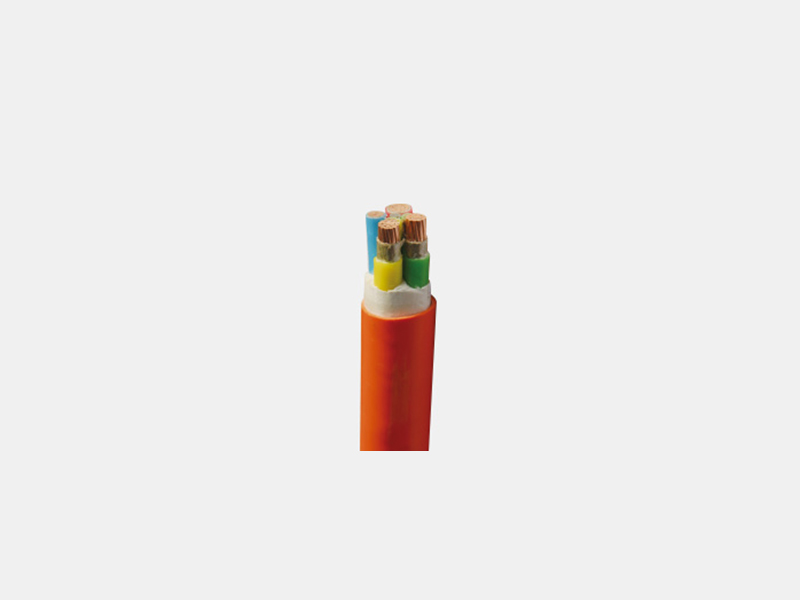First, product implementation standardsThe mechanical, physical and electrical properties of the cable are implemented in accordance with enterprise standards Q/MD 22-2016, British standards BS 6387:2013 and BS 8491:20082. Scope of useThis product is suitable for AC 50Hz rated voltage 0.6/1kV an

First, product implementation standards
The mechanical, physical and electrical properties of the cable are implemented in accordance with enterprise standards Q/MD 22-2016, British standards BS 6387:2013 and BS 8491:2008
2. Scope of use
This product is suitable for AC 50Hz rated voltage 0.6/1kV and below fire and emergency system transmission and distribution lines.
Third, the use of characteristics
Rated operating voltage: 0.6/1kV, 450/750V
The cable laying environment is greater than 0 ° C.
Minimum allowable bending radius: greater than 15 times the outer diameter of the cable.
Fourth, product characteristics
(1) Excellent fire performance: flame temperature 950℃ ~ 1000℃, burning for 3 hours, can still maintain the normal power supply of the line, but also withstand water spray + heavy impact.
(2) Easy to bend: traditional rigid fireproof cable (BTTZ) is difficult to bend and use, and the bending radius of mineral insulated flexible fireproof cable is at least 6 to 10 times the cable diameter, which reduces the installation layout space, reduces the installation cost, and is easier to lay.
(3) Green environmental protection: the cable structure material is made of inorganic mineral materials, and the cable does not release smoke or toxic gases in the burning flame; The discarded cables can also be fully recycled without polluting the natural environment.
(4) Obvious economic benefits: mineral insulated flexible fireproof cable has less direct procurement cost than traditional rigid fireproof cable (BTTZ), and the product is more cost-effective. The safety and reliability of mineral insulated flexible fireproof cable is better than that of conventional flame-retardant, fire-resistant and other plastic insulated cables can be permanently laid, and can also be reused, reducing the overall maintenance cost of the line, and achieving significant social and economic benefits.